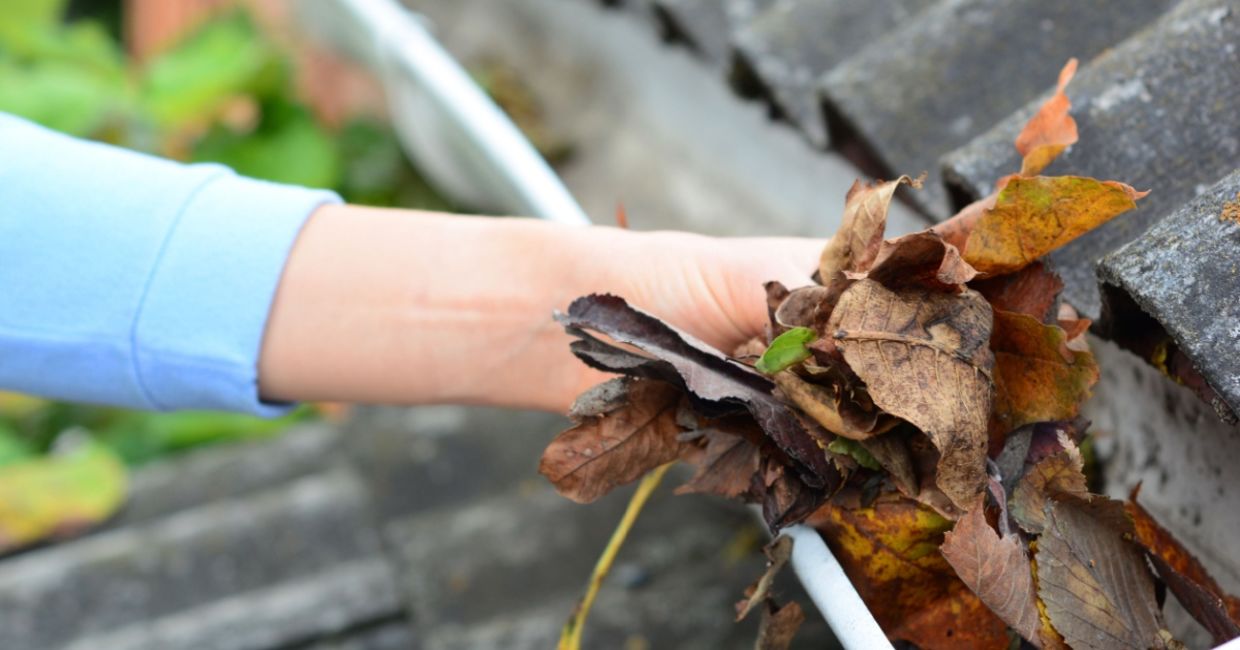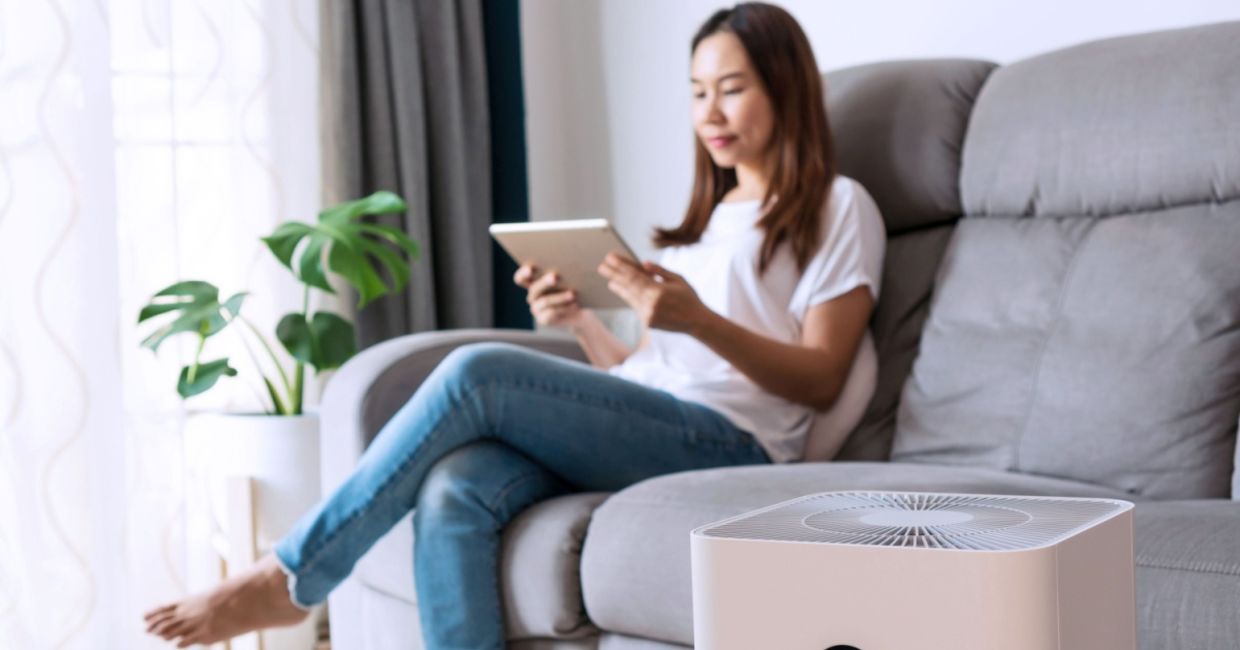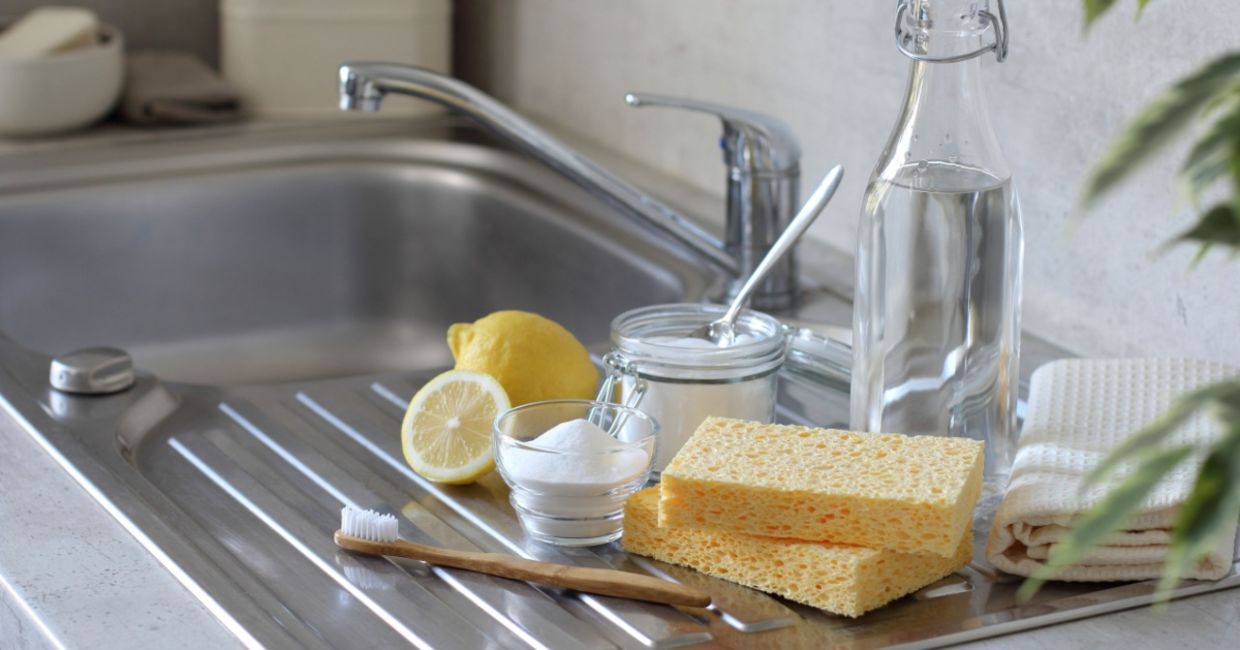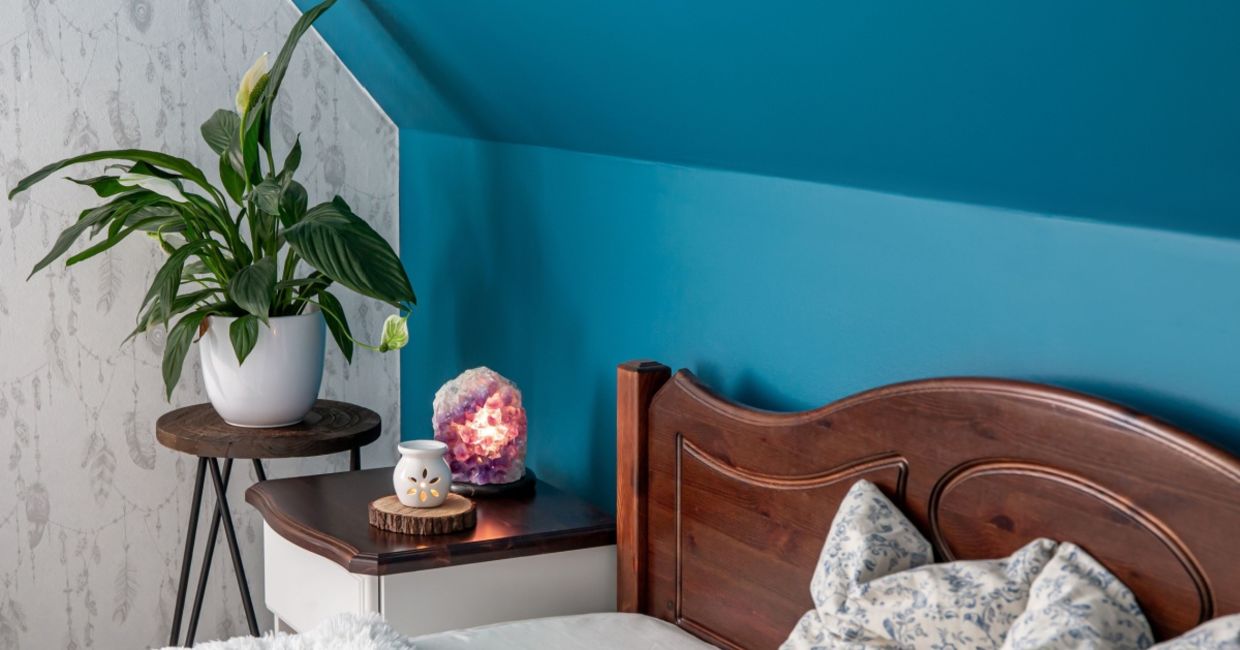
(Evgeny Atamanenko / Shutterstock.com)
Fall is a magical time of the year. The air is getting crisp and falling leaves blanket the ground. It’s time for warming up by the fireplace and sipping hot cocoa.
But staying indoors more with the windows closed can expose you to some of the unpleasant things of the season like breathing in mold spores, bacteria, and other toxins, according to mindbodygreen. These can negatively impact your health.
Improving the indoor air quality of your home is good for your overall wellbeing. Here are five ways to reduce indoor contaminants and help you breathe easily:
Tune-Up Your HVAC System
Fall is the time to tune-up and clean-up your heating system. HVAC units can seriously impact the quality of your indoor air. That’s because heating units can contain mold and bacteria that can spread throughout your home.
Make sure you schedule a comprehensive inspection and maintenance by a certified professional before switching on the heat. This is the time to do a mold test, a thorough cleaning of your furnace, coil, blower, and cabinets, as well as checking to ensure that the unit is operating properly.
Another way to help your indoor air quality is to replace your filters with the highest-rated MERV filter. This will reduce the risk of harmful particles circulating through your home. Cleaning your filters frequently will also help toxins from contaminating your indoor air.

(InFocus.ee / Shutterstock.com)
Reduce Dampness
Moisture leads to mold growth so it is essential to keep it out of your home. Fall is the time to do an outdoor check-up of your home. Inspect your roof for leaks, clean your gutters, and check your doors and windows for cracks. These measures will keep moisture from getting in your home but inadequate ventilation can keep moisture and contaminants in.
Healthline suggests that you ensure that your home has adequate ventilation by opening windows when weather permits, using a dehumidifier in moist areas like basements, and by using a fan when you cook or shower.

(Radovan1 / Shutterstock.com)
Purify Your Air
Using an air purifier is an effective way to improve the quality of your indoor air. The best ones have a high efficiency particle absorbing (HEPA) filter. A HEPA filter could remove more than 99 percent of the harmful particles from the air in your home. Air filters are effective in removing smoke, volatile organic compounds (VOCs), mold spores, and allergens like pet dander.
You can also help to reduce irritants and allergens by choosing hypoallergenic pillows and mattresses, washing your bed linens frequently in hot water, vacuuming often, as well as washing and brushing your pet. It is also very important to remove mold when you see it by using a bleach solution. Make sure that you ventilate the area afterwards by opening windows.

(Opat Suvi / Shutterstock.com)
Remove Indoor Pollutants
You can improve the quality of your indoor air by cutting down on pollutants. One of the most common is secondhand smoke that you can breathe in and thirdhand which is the smoke contained in clothing and furniture. These are a significant health risk.
Other hazards are formaldehyde, a VOC, that is found in composite wood and many types of furniture, and many types of cleaners that contain harmful chemicals like, glass cleaners, cleaning sprays, and air fresheners. Using natural products or DIYing your own cleaners will help cut down on these contaminants.

(Aygul Bulte / Shutterstock.com)
Use Houseplants to Purify Your Home
You can also use houseplants to clean the air But not all houseplants are equal. A NASA study tested 19 species of houseplants to see which ones could effectively clean indoor air. Some of the most effective plants – peace lilies, snake plants, bamboo palms, spider plants, and rubber plants absorb 87 percent toxic chemicals like VOCs in just one day. Plants are a way to improve your air quality and beautify your home at the same time.

(FotoHelin / Shutterstock.com)







